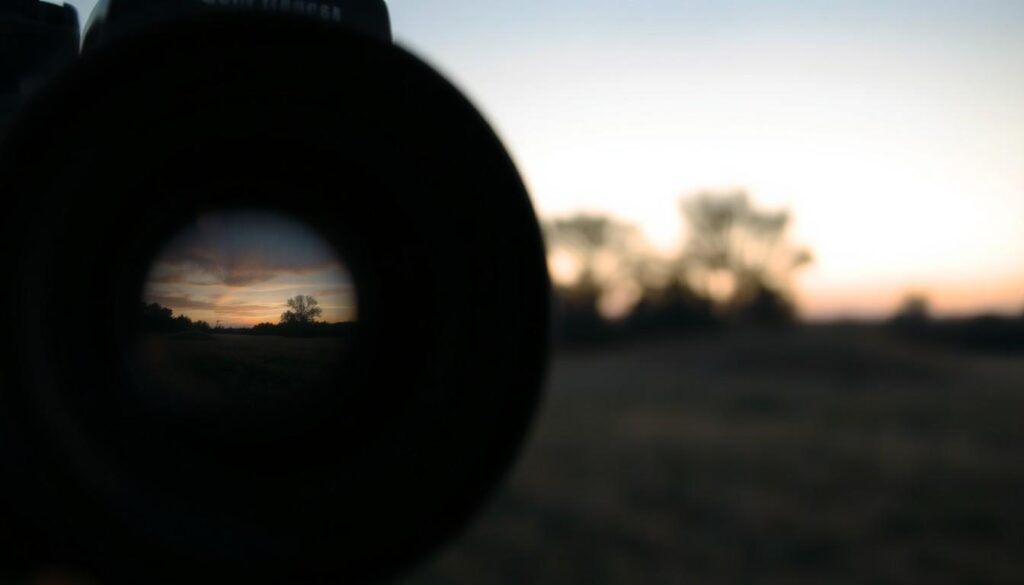In the world of photography, noise can be as unwelcome as a surprise visit from your in-laws. It creeps into images, transforming crisp shots into grainy nightmares that make even the most stunning landscapes look like a bad TV signal. But what exactly is this pesky noise?
Table of Contents
ToggleWhat Is Noise in Photography
Noise in photography refers to unwanted visual distortion that manifests as graininess or speckled patterns in images. This distortion typically occurs in low-light conditions, particularly when the camera’s sensitivity settings are increased. Photographers encounter noise as random variations in brightness and color, which can significantly impact image quality.
Several factors contribute to the emergence of noise. High ISO settings amplify light sensitivity, leading to increased noise levels. Camera sensors, especially in budget models, often generate more noise compared to higher-end counterparts. Inadequate exposure during capture also accentuates noise, as underexposed images tend to exhibit grain when brightened during editing.
Photographers categorize noise into two main types: luminance noise and chrominance noise. Luminance noise appears as visible grain without changing colors, affecting contrast and sharpness. In contrast, chrominance noise introduces unnatural color blotches, complicating color accuracy in images.
Noise affects both digital and film photography, though, with digital formats, noise is more prevalent due to sensor technology. Techniques like noise reduction during post-processing can help mitigate its effects, although excessive reduction may lead to loss of detail.
Ultimately, understanding noise informs photographers about exposure strategies and camera settings. Adjusting ISO levels and ensuring adequate lighting contribute to cleaner images. Recognizing noise characteristics enhances a photographer’s ability to create high-quality visuals while managing the challenges associated with noise.
Types of Noise

Understanding the types of noise in photography helps photographers identify and manage image quality issues. The two primary types of noise are luminance noise and chrominance noise.
Luminance Noise
Luminance noise presents itself as graininess in images, affecting contrast and sharpness. Photographers frequently encounter this form of noise in low-light conditions or when using high ISO settings. Though it does not alter colors, it can significantly reduce the overall clarity of a photograph. Diminishing sharp details leads to a less appealing image. Effective noise reduction techniques during editing focus on minimizing luminance noise while preserving essential tonal information.
Chrominance Noise
Chrominance noise appears as unwanted color artifacts, often manifesting as unnatural blotches. This type of noise disrupts the color integrity of an image. It tends to surface more prominently in digital photography, particularly when a camera’s ISO settings are pushed to extremes. The presence of chrominance noise can distract viewers, drawing attention away from the intended subject. Post-processing software offers tools to correct chrominance noise, enhancing overall image quality and restoring natural color balance.
Causes of Noise
Noise in photography arises from several factors that impact image quality. Understanding these causes helps photographers anticipate and manage noise effectively.
High ISO Settings
Increasing ISO settings enhances a camera’s sensitivity to light. Higher ISO values can result in luminance noise, evident as graininess in images. This effect appears particularly noticeable in low-light environments. Cameras struggle to maintain clean imagery when ISO surpasses optimal levels. For instance, shooting at ISO 3200 may introduce more noise compared to ISO 800. Photographers aiming to minimize noise should balance ISO with other exposure settings, like aperture and shutter speed, to keep images clear.
Long Exposure Times
Prolonged exposure times contribute to noise via sensor heat accumulation. Heat can amplify electrical signals in the camera sensor, which generates noise. As a result, longer exposures often produce more unwanted artifacts, especially at high sensitivities. An example includes night photography, where extended exposures can lead to visible grain in images. Choosing shorter exposures or utilizing noise reduction techniques in post-processing can help mitigate these issues, allowing for cleaner results even in challenging lighting conditions.
Effects of Noise on Images
Noise significantly impacts the overall appearance of images. Graininess and speckled patterns detract from photo quality, especially in professional photography.
Image Quality
Luminance noise can severely degrade image quality. This type of noise manifests as unwanted graininess, tampering with the intended sharpness of a photograph. High ISO settings often exacerbate this issue, leading to less clarity in images taken in low-light situations. Increasing ISO amplifies sensor sensitivity to light but also introduces more noise. Post-processing techniques effectively reduce luminance noise, enhancing image clarity without losing important details.
Details and Textures
Textures become obscured when noise infiltrates an image. Photographers frequently notice a loss of detail in areas affected by chrominance noise, which introduces unnatural color blotches. Unique patterns and intricate details can vanish within the grainy backdrop created by noise. Correcting these issues during editing restores visual integrity, allowing textures to emerge accurately. Opting for lower ISO settings during shooting preserves more of the original details and textures in the final image.
Techniques to Reduce Noise
Reducing noise in photography involves understanding various techniques that improve image quality.
In-Camera Settings
Adjusting camera settings significantly influences noise levels. Lower ISO settings enhance image clarity by minimizing sensor sensitivity to light. Utilizing a stable tripod prevents camera shake, enabling the use of slower shutter speeds. Choosing an aperture that allows adequate light while maintaining sharpness also helps reduce noise. Optimizing exposure settings prevents underexposure, which often leads to increased noise during post-processing.
Post-Processing Methods
Post-processing software offers tools to effectively manage noise. Using noise reduction filters allows for the smoothing of luminance noise while retaining detail. Applying selective color correction can minimize chrominance noise, enhancing overall image integrity. Techniques such as upscaling and applying advanced algorithms can restore lost textures and details. Creatively blending multiple exposures further enhances image quality, reducing noise in the final presentation.
Noise in photography can be a significant hurdle for photographers aiming for high-quality images. Understanding the types of noise and their causes empowers photographers to make informed choices during shooting and editing. By balancing ISO settings with exposure and utilizing effective post-processing techniques, they can minimize noise and enhance image clarity.
Employing a stable tripod and optimizing camera settings are practical steps toward capturing cleaner images. With the right approach to noise management, photographers can preserve the beauty and detail of their subjects, ensuring that the final visuals reflect their artistic vision.



